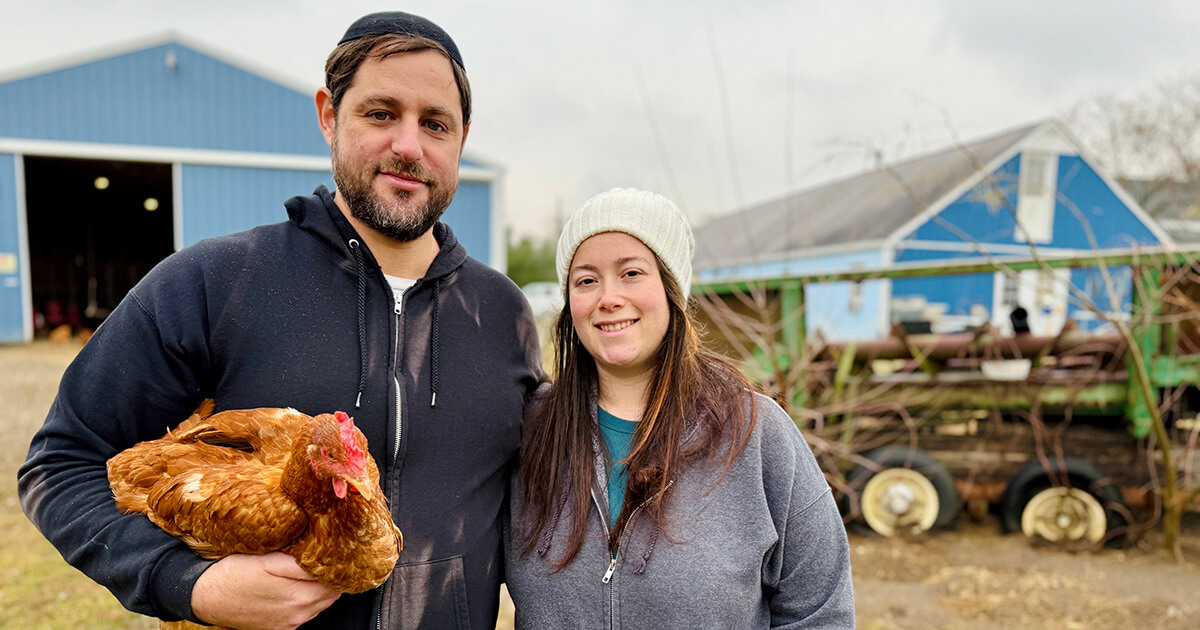Fifty Days and Fifty Nights
‘Fierce desert weather, even more than the stubborn pockets of [Iraqi] resistance, conspired to slow the allied advance,” wrote John Kifner, reporting from southern Iraq, in last week’s International Herald Tribune. “The sandstorm, reaching the level of a hamsin, the brown dust that blots out all vision in the desert, began during the night…. By midday the air was an eerie orange, with only silhouettes of tanks and other vehicles of war barely visible.”
Hamsin is an Arabic word that you may be hearing a lot of in the weeks to come. Some of you may know it from Israeli Hebrew, and some who know no Hebrew may know it, too, as the name for the hot, dry weather — coming from the east — that can make tourists to Israel wish they had never left their air-conditioned hotels.
Dust-laden winds blowing out of the desert have many different names in different parts of the world. Novelist Michael Ondaatje lists some of these in a passage in his “The English Patient,” which also occurs in the movie made from the book:
Ondaatje goes on to name still other desert winds, and who knows if he isn’t right in his conjecture that the “ninth plague” visited upon the Egyptians in the Bible, that of darkness, wasn’t caused by sandstorms that cut visibility to near zero, like those that have impeded the allied forces in Iraq? But he is wrong that a khamsin or hamsin, although the word does mean 50 in Arabic (it’s a close cognate of the Hebrew word for the same number, h.amishim), is called that because it blows for 50 days at a time. God help the coalition forces if it did! Fifty straight days of dust-laden winds, blowing at gale force as the hamsin often does, might defeat any army. The average hamsin, fortunately, lasts for only two or three days. The longest I have ever lived through went on for seven, although it really did feel like 50 by the time it was over.
The hamsin is probably called “50” because this is, on a rough average, the number of days per year that it blows. These days can be divided into two equal periods, one in springtime, as Ondaatje writes, from March to May, and one in autumn, from September to November. (A cold, dry wind like the hamsin, known in Arabic as a sharkiyya or “easterly” — our English word “sirocco” derives from it — blows in much of the Middle East in winter.) In Israel the hamsin, while it strikes from the east or northeast, has two possible points of ultimate origin far to the west. One is North Africa, Egypt or even the Sahara, from which the wind whirls around cyclonically in a great circle through Saudi Arabia, Iraq and Syria; the other takes the form of an anti-cyclonic high-pressure front moving across the northern Mediterranean through Turkey and again wheeling, first southward and then westward, across Mesopotamia. In either case, the wind reaches the end of its land journey over Israel — particularly, over the northern part of it — before petering out at sea, so that many of the desert storms that will continue to bedevil the allied forces in Iraq for the next month and a half will rage across the Galilee a few days later.
The word hamsin comes from Egypt and has spread throughout the Arabic of the Middle East. Israelis use it colloquially too, although in more formal language, such as that of weather forecasts in the newspapers or on TV, it is replaced by the more “proper” Hebrew term sharav. And in the book of Exodus, the hamsin is called quite simply ruah. kadim, an east wind. Back in those days, it caused military problems too. When Pharaoh’s chariots, the equivalent of a modern tank brigade, pursued the Israelites to the Red Sea, “the Lord,” the Bible tells us, “caused the sea to go back by a strong east wind, all that night, and made the sea dry land, and the waters were divided.” Then the Israelites passed through, the violent hamsin that had rolled back the water died down, and the sea returned to drown the Egyptians.
This is pretty much the way hamsins behave in Israel to this day: They blow violently all night and generally weaken in the late morning or early afternoon, when a westerly sea breezes slows them down, only to pick up the next night and blow some more. They’re unnerving enough when you’re trying to sleep with the windows rattling, let alone when you’re out in the desert.
















